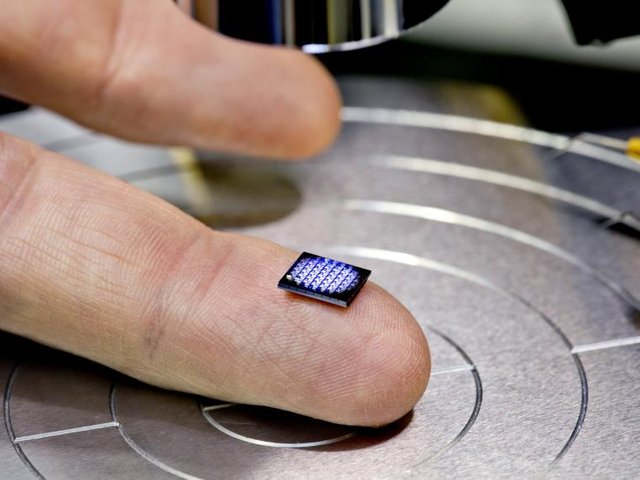IBM has announced what it believes will be the scientific technologies and innovations that will emerge over the next five years.

In the field of AI, IBM points out that there will be robot microscopes with artificial intelligence that can save the oceans from pollution. He explains that in five years' time these small independent AI microscopes will be connected to the cloud and deployed around the world, and will be responsible for continuously monitoring the water situation in real time.
Thus, IBM scientists are working on a system that uses plankton as a natural biological sensor of aquaculture health. IBM AI microscopes can be housed in water bodies to analyze the movement of plankton in 3D in their natural habitat, and use this information to predict water status and behavior. This could help in cases of oil spills or leaks from other sources of pollution, as well as predict threats such as "red tides".
IBM also tells how in the next five years the biases of artificial intelligence will increase, but at the same time new solutions will appear to counteract the algorithms that are created with some kind of racial, gender or ideological prejudice. In this field, the researchers at the American firm have developed a methodology to ensure that no AI algorithm perpetuates an inequity when learning from the data. IBM scientists have also developed a technique for examining artificial intelligence systems, even when the data that has been used for their training is not available.

On quantum computing, IBM says it is still a matter for researchers, but in five years it will be popularized. Thus, professionals and developers in any field will be able to solve problems that could previously be considered insoluble because of their difficulty or because they would take thousands of years to solve. In the field of research, IBM has already achieved some important milestones in quantum chemistry. For example, a team of professionals has successfully simulated the atomic beryllium hydride binding (BeH2), the most complex molecule ever simulated by a quantum computer. In the future, quantum computers will continue to address problems with increasing complexity, reaching and overcoming what we can only do now with classical computing systems.
The Blockchain technology, says IBM, will join cryptography in the fight against counterfeiting. Over the next five years,'cryptanchions', the size of an ink dot or smaller than a grain of salt, will be inserted into everyday objects and devices. And they will be used to guarantee the authenticity of an object from its origin until it reaches the consumer. These "cryptoanchors" provide the basis for new solutions to address food safety, authenticity of manufactured components, genetically modified products, identification of counterfeit objects and the origin of luxury goods, for example.
Yet, says IBM, cyber-criminals will attack, and they are developing encryption models that can be adapted to new emerging technologies and quantum computers that will soon appear. The "cryptographic grid" is the name of the technique used by the American company to work on a document or encrypt it without compromising sensitive data against cyber-criminals.